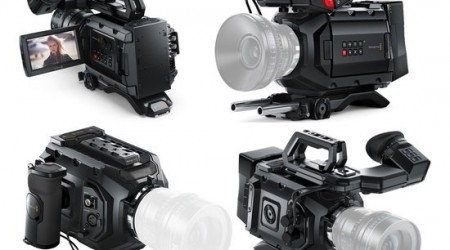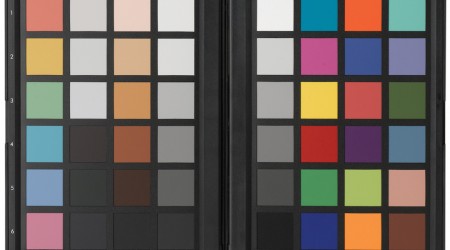Color Correction means exactly that, correcting the color in your image in the post production process. If the task of correcting an image is not in your workflow, you may be missing out on how great your image could look. It is one of the task of being a director of photography to get the best image to your colorist that you can. Understanding your camera’s limitation and using that knowledge on set is the first step in getting images that are much easier to correct later in the production workflow.
Here is a great video explaining what a colorist is:
Color correction may seem like a daunting task. There is a lot that goes into coloring efficiently, and make take years to master. However, software is making color correction more accessible to aspiring filmmakers.
Here are just a few coloring platforms:
(There are also color correction tools in your NLE of choice: FCP, Adobe Pemiere, Sony Vegas, etc.)
Color Correction Examples:
There is a difference between color correction and color grading. Color grading is the creative process of changing the colors to fit the mood and feel of the story. Color correction is the first step you need to take in order to do efficient color grading.
Order of Operations:
(as stated by Vashi Nedomansky of VashiVisuals.com)
1. Remove artifacts and de-noise.
2. Balance your shots by adjusting BLACKS/MIDS/WHITES, SATURATION and WHITE BALANCE.
3. Relight within a shot using power windows or masks.
4. Add gradients, diffusion and other lens filters.
5. Add vignettes
6. Grade your images
7. Simulate a film stock of your choice
8. Resize and sharpen
I encourage you to continue to look at color correction and even color grading and study it. It will take your work to another level. Feel free to leave a comment and let me know how you maybe color correcting or grading. I love learning more efficient ways of doing things.



